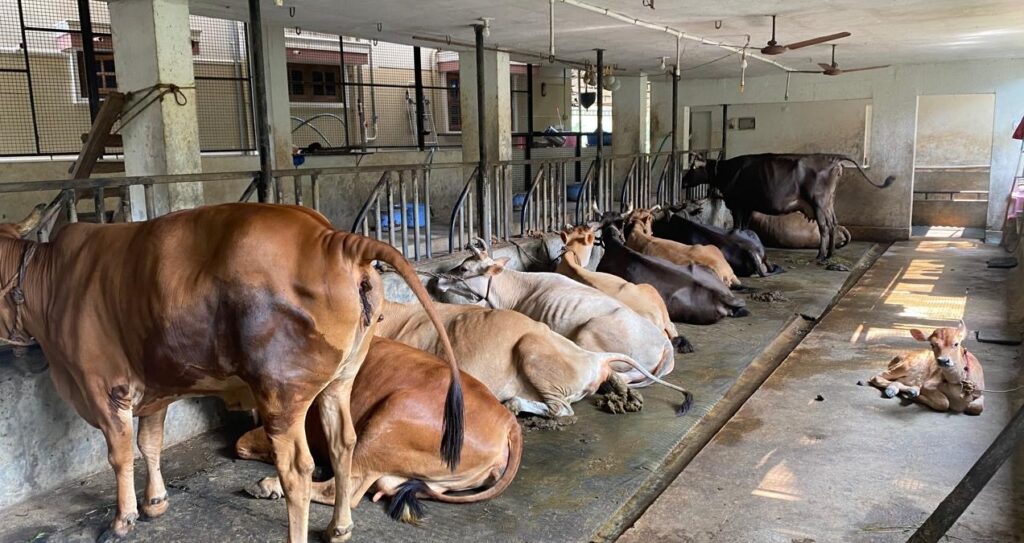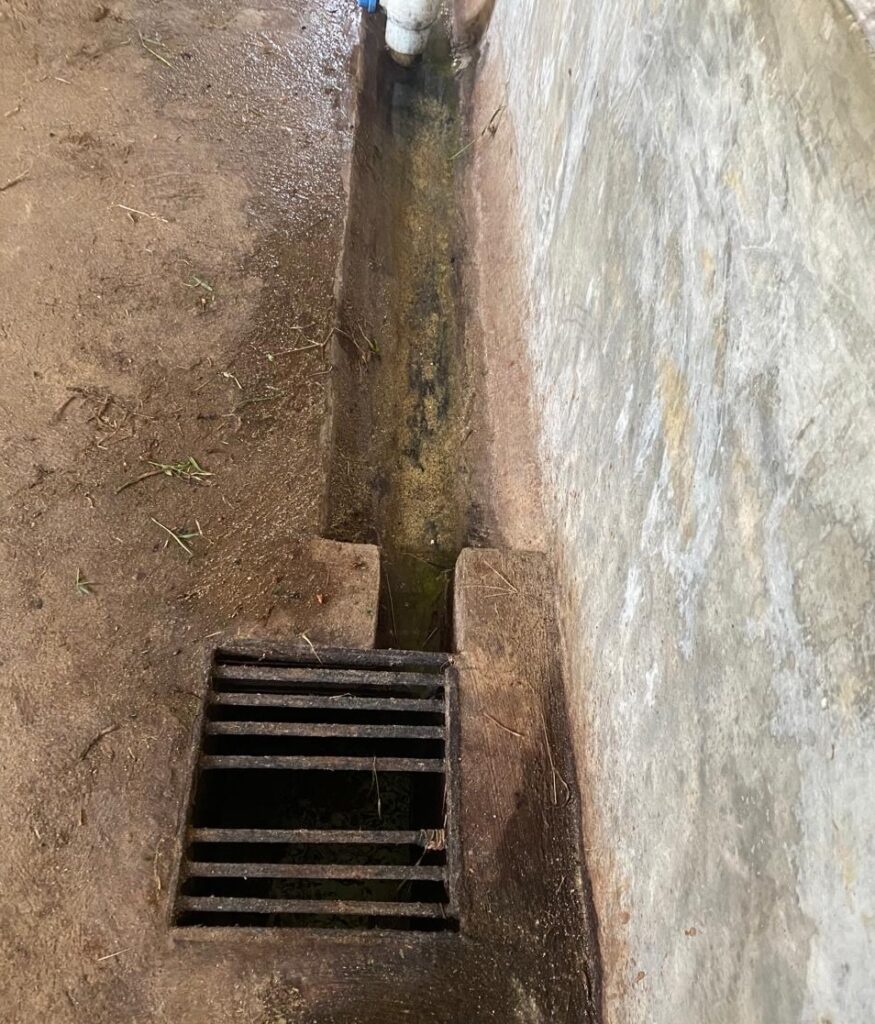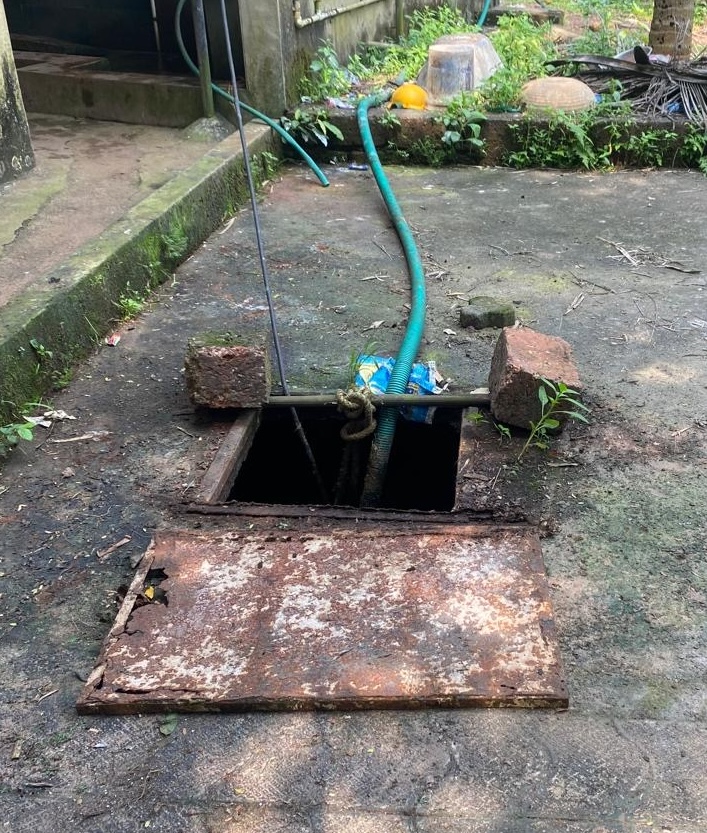Coconut Plantation
As a sustainability consultant, I had the opportunity to work with a 50-year-old coconut plantation located in Mangalore, where the challenge was to implement eco-friendly and sustainable practices across various aspects of plantation management. This case study focuses on addressing key sustainability challenges, including the use of chemicals like bleaching powder, improving soil health through organic practices, and enhancing water management systems.
Mangalore, with its tropical climate and high rainfall, offers an ideal environment for coconut farming. However, the plantation faced a number of sustainability challenges, including the excessive use of chemicals for cleaning and the inefficient use of water for irrigation. My role was to assess these practices, identify their environmental impacts, and suggest more sustainable, cost-effective solutions that would improve both environmental and economic outcomes for the plantation.
My role involved assessing these practices, identifying their environmental impacts, and recommending sustainable alternatives.
Objectives
These goals were designed to create a closed-loop system that would benefit both the environment and the plantation’s long-term productivity.
- Reduce chemical use
- Specifically, reduce the plantation’s reliance on chemicals like bleaching powder and fertilizers.
- Improve soil health
- Enhance soil fertility and prevent erosion by using natural, locally available resources.Retain moisture in the soil. Suppress weed growth naturally
- Optimize water use
- Introduce more efficient water management practices, including rainwater harvesting and drip irrigation systems and reduce water consumption.
- Reduce waste
- Repurpose plantation waste, such as coconut leaves and cow dung, into valuable resources.
Assessment of Current Practices and Implementation of Sustainable Solutions
Upon reviewing the plantation’s existing practices, several key areas were identified that required attention for improving sustainability. The plantation had been using a mix of traditional methods, but they were not optimized for environmental or economic efficiency.
Excessive Use of Bleaching Powder

- Primary objective of this project was to significantly reduce the use of harmful chemicals, particularly bleaching powder, while ensuring that the floor was safe, with non-slippery surfaces during the rainy season.
- The goal was to find a solution that not only addressed the algae problem but also reduced soil contamination, minimized long-term environmental damage, and repurposed available natural resources from the plantation, which was coconut leaves.
Current Practice
The plantation used bleaching powder regularly during the rainy season to control algae growth on cemented surfaces. While this method was effective in preventing algae buildup and ensuring non-slippery surfaces, it came with several significant downsides:
- Soil Pollution: Runoff from the bleaching powder seeped into the soil, contributing to long-term contamination and negatively affecting soil fertility.
- Environmental Degradation: The chlorine in the bleach broke down into harmful compounds that could reduce local biodiversity and damage nearby water bodies.
- Health Hazards: Workers handling the bleach were exposed to chemical fumes, which posed respiratory risks without adequate protective gear.
Upon reviewing the existing practices, it became clear that the regular use of bleaching powder was a short-term solution with long-term negative effects.
Sustainable Solution
I proposed replacing bleaching powder with coconut leaf mats. These mats, made from the abundant coconut leaves on the plantation, were woven together and placed on the cement surfaces during the rainy season.
The mats acted as a natural barrier, preventing algae growth by keeping the surfaces dry. This alternative provided several benefits:
- Decrease the amount of bleaching powder used by 90%.
- Environmental Benefits: By eliminating the use of chemicals, the mats reduced chemical runoff and minimized soil contamination. The coconut mats were biodegradable, meaning they wouldn’t contribute to landfill waste.
- Economic Benefits: The mats were made from waste materials that were otherwise discarded, leading to cost savings and minimizing the need for chemical purchases.
- Health Benefits: The shift to a natural solution reduced workers’ exposure to harmful chemicals, improving safety.
Soil Erosion and Degradation

Current Practice
The plantation experienced significant soil erosion, especially during the monsoon season, which led to nutrient loss and reduced soil fertility. Additionally, the plantation relied heavily on synthetic fertilizers to compensate for the degraded soil, contributing to environmental pollution and higher operating costs.
Sustainable Solution
To address soil erosion and improve soil health, I recommended mulching with coconut fronds. This practice involved covering the base of the coconut trees with dried coconut fronds, which provided several advantages:
- Erosion Control: The mulch acted as a protective barrier, reducing the impact of heavy rainfall and preventing topsoil erosion.
- Moisture Retention: The mulch helped the soil retain moisture, which is especially important during the dry season, thus reducing the need for excessive irrigation.
- Weed Suppression: The coconut fronds blocked sunlight, preventing the germination of weeds and reducing the need for herbicides.
- Soil Fertility:As the mulch decomposes, it adds nutrients to the soil, enriching it naturally and reducing the need for synthetic fertilizers.
- Economic Benefits: Coconut fronds, previously considered waste, were now repurposed as mulch, cutting costs on commercial soil stabilizers and fertilizers.
Fertilization



Current Practice
- Use of Synthetic Fertilizers: The plantation relied heavily on synthetic fertilizers like urea, DAP, and MOP for quick nutrient delivery. However, these fertilizers contribute to water pollution, soil degradation, and long-term environmental harm.
- Livestock Waste Disposal: Cow dung was often discarded or poorly managed, leading to pollution, methane emissions, and a loss of valuable nutrients.
- Water Usage: Large amounts of water were used to bathe and cool cattle, with much of this water being wasted.
Sustainable Solution
I proposed building a collection system to capture water used to bathe and cool the cattle, which is then combined with their urine and dung. The collected water, combined with these organic materials, can be used as an effective, low-cost fertilizer for the plantation, reducing dependency on synthetic fertilizers and promoting sustainability.
- Cut down synthetic fertilizer usage by 50%.
- Cow Dung: When used as compost or applied directly to the soil, it is rich in organic matter, providing important nutrients that improve soil fertility.
- Cow Urine: Rich in nitrogen and other minerals, cow urine is used as a liquid fertilizer, promoting plant growth. Its composition includes:
- Nitrogen (N): Critical for plant growth, particularly for leaf and stem development.
- Phosphorus (P): Essential for energy transfer, root development, and flowering.
- Potassium (K): Important for plant water regulation, disease resistance, and overall plant health.
- Organic Matter: Improves soil structure, moisture retention, and supports beneficial soil organisms.
- Enzymes: Stimulate plant growth and enhance soil microbial activity.
- Antioxidants and Antibacterial Properties: Contribute to overall soil health.
Groundwater and Irrigation

Upon reviewing the plantation’s existing practices, several key areas were identified that required attention for improving sustainability. The plantation had been using a mix of traditional methods, but they were not optimized for environmental or economic efficiency.
Current Practice
- Irrigation Practices: The plantation relied on water bubblers for irrigation. However, this method was inefficient due to issues like livestock chewing on the bubblers and uneven water distribution, resulting in wasteful irrigation.
- Water Sources: The plantation primarily used borewells for water extraction, but over time, declining groundwater levels led to the need for deeper wells, resulting in higher operational costs.
- Groundwater Recharge: There was no system in place for replenishing the groundwater around the borewells, contributing to the rapid depletion of the water table.
Sustainable Solution
Conversion to Drip Irrigation: The plantation replaced its bubblers with a drip irrigation system, which is more efficient in delivering water directly to the roots of the coconut trees. The new system reduced evaporation and runoff, ensuring each tree received the necessary amount of water.
Economic Impact: The new irrigation system reduced costs related to constant repairs of bubblers and minimized water wastage, making it a more cost-effective solution in the long run.
Recharge Pits Around Borewells: Recharge pits were dug around each borewell to capture surface runoff during rainfall, allowing water to seep into the ground and replenish the water table. Gravel was used to line the pits, improving water infiltration.
Ground Cover Plants: The plantation introduced ground cover plants around the borewells to prevent soil erosion, increase water
Challenges
During the course of implementing sustainable practices at the coconut plantation, several challenges arose:
- Resistance to Change: The plantation workers were initially hesitant to adopt new methods, especially the shift away from chemical-based practices. They were accustomed to traditional techniques and were concerned about the effectiveness of natural alternatives.
- Training and Knowledge Transfer: Educating workers about the benefits of these new practices and ensuring that they understood how to properly implement them took time.
- Climate Variability: Mangalore’s unpredictable weather patterns sometimes interfered with the timing of certain practices, such as mulching and rainwater harvesting.
- Initial Costs: Although the long-term economic benefits of these sustainable practices were clear, the initial investment required for materials, irrigation systems, and training posed a significant challenge for the plantation owners.
Lessons learned
- Holistic Approach is Key: Sustainability is most effective when it addresses multiple aspects of plantation management simultaneously. Combining efforts to reduce chemical usage, improve soil health, and optimize water management created a more comprehensive solution that delivered greater benefits.
- Involvement: Involving workers in the decision-making and implementation process from the outset helped in overcoming resistance to change.
- Long-term Vision: While initial investments were required, the long-term benefits, including cost savings, improved productivity, and environmental sustainability, reinforced the importance of taking a long-term view when implementing eco-friendly practices.
- Importance of Flexibility: The ability to adapt and make real-time adjustments ensured the continued success of the sustainability initiatives.
Conclusion
The project successfully demonstrated that sustainable plantation management is not only achievable but also profitable. By reducing chemical use, improving soil health, optimizing water use, and repurposing waste materials, the plantation has taken a significant step toward becoming a model of sustainability in coconut farming.
Key Outcomes:
- Chemical Reduction: The shift from bleaching powder to coconut leaf mats resulted in zero chemical runoff and reduced health risks for workers.Decrease the amount of bleaching powder used by 90%.
- Soil Health: The use of coconut fronds for mulching improved soil fertility, reduced erosion, and eliminated the need for synthetic fertilizers. Cut down synthetic fertilizer usage by 50%.
- Water Management: The adoption of drip irrigation and rainwater harvesting significantly reduced water consumption and protected groundwater resources.Reduce water consumption by 30-40% annually.
- Waste Repurposing: Cow dung and urine were effectively used as organic fertilizers, reducing the reliance on chemical inputs and creating a circular waste management system.
Future Plans
Scaling Up:
Expand sustainable practices to other areas of the farm, including waste management and water conservation.
Zero Waste Farming:
Implement a circular economy model by repurposing all farm waste for composting and livestock feed.
Community Outreach:
Launch education programs to encourage neighboring farmers to adopt sustainable practices.
Eco-Tourism Development:
Create eco-tourism opportunities to showcase sustainable farming and generate additional revenue.
Carbon Footprint Analysis:
Begin tracking emissions and energy use to reduce the plantation’s carbon footprint over time.
